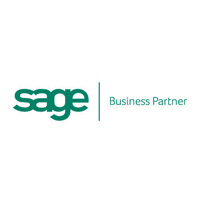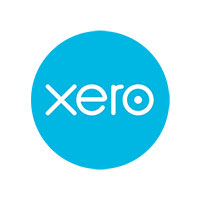
The way in which dividends are taxed is changing from 6 April 2016. For basic rate taxpayers and many business owners, the new rules are far less generous than the current rules. Taking an additional dividend prior to 5 April 2016, profits permitting, will likely save you tax.
Current rules
Under the current rules, you don’t pay any tax on dividends taken from your company as long as it does not exceed the basic rate threshold (taking account of salary and any other income). This is because dividends are deemed to be paid net of a tax credit which covers the basic rate tax. So, as long as total taxable income does not exceed the point at which higher rate tax becomes payable (£42,385 for 2015/16), dividends can be paid without any further tax liability.
Once the higher rate threshold is reached, tax is payable at an effective rate of 25% of the net dividend for 40% taxpayers and at an effective rate of 30.55% of the net dividend for 45% taxpayers.
New rules
From 6 April 2016 the dividend tax credit is abolished. Instead all taxpayers are given a tax-free dividend allowance (in addition to their personal allowance) of £5,000. Above this level, dividends are taxed at 7.5% to the extent to which they fall in the basic rate band, at 32.5% to the extent that they fall in the 40% band, and at 38.1% to the extent that they fall in the 45% band.
What this means is that someone who takes dividend income to fully utilise his basic rate band, and who pays no tax this year, will face a tax bill next year of over £2,000.
It makes sense then for anyone who is not fully utilising his basic rate band to take additional dividend income this year.
Case study 1
For 2015/16 she will pay no further tax on her dividend income. Her taxable income for the year is £27,267 (being salary of £10,600 and the gross dividend of £16,667 (£15,000 x 10/9)). This means that she has £15,118 of her basic rate band (£42,385 – £27,267) unused for 2015/16.
If she continues to pay a salary equal to the personal allowance and dividends of £15,000 in 2016/17, she will pay tax at 7.5% to the extent that her dividend exceeds the dividend allowance of £5,000. This will result in a tax bill of £750.
If instead, she pays a £10,000 dividend before 6 April 2016, and the balance of £5,000 after 5 April, she pays no tax, saving herself £750.
Even if you are a 40% or 45% taxpayer you can still save tax by taking more dividend this year.
Case study 2
In the current tax year, they will face a tax bill of £7,500 each on their dividend income, a total of £15,000. All the dividend income is in the higher rate band, where the effective rate of tax on dividends is 25%.
Next year, the tax bill on a dividend of £30,000 will be £8,125, a total of £16,250. Again all the dividend is in the higher rate band, the first £5,000 is exempt, the balance of £25,000 each is taxed at 32.5%.
By paying an additional dividend of £15,000 each just prior to 6 April and then the balance of £15,000 later in the year, they will save £2,250 between then. The tax bill for 2015/16 is increased by £7,500 (£15,000 each at 25%) but the bill for 2016/17 is reduced by £9,750 (£15,000 each at 32.5%), ie. they save 7.5% of £30,000.
Note, in this example, paying an additional dividend of more than £15,000 each would lead to a clawback of personal allowance and so reduce the benefit.
Planning ahead
In many cases shareholders in family or personal companies will save tax by accelerating payment of dividends to before 6 April 2016. However, each case should be looked at individually to assess the optimum level of dividend to take and the available reserves out of which it can be paid.
For more information on please contact Mark Wildi on 01689 877081




